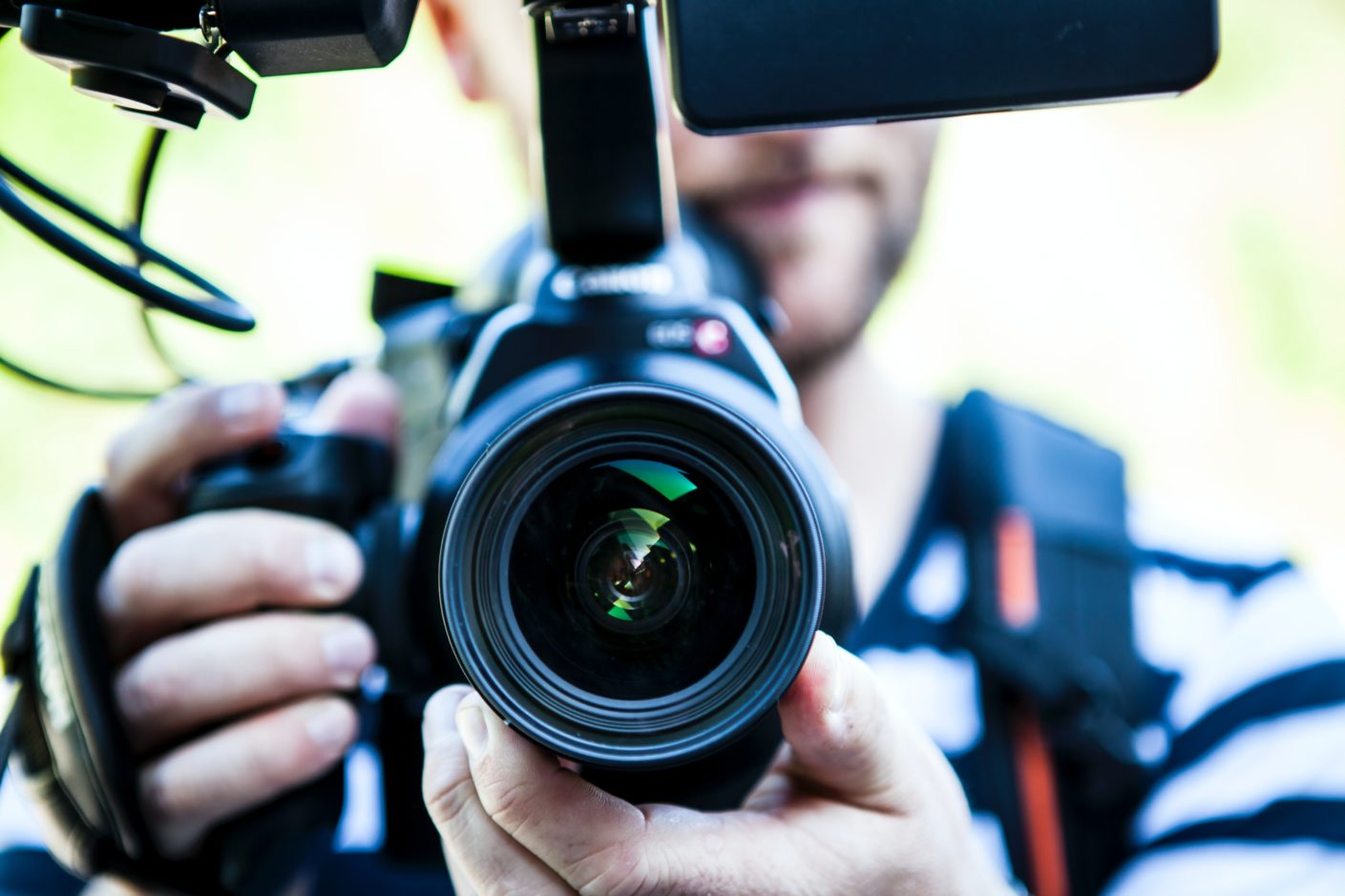How to Minimize Noise While Filming with Low Light Depth of Field
Shooting in low light situations can leave your takes looking muddy and the noise will certainly result in a less than perfect finished project that you’re probably not going to be too proud of. However, learning how to minimize noise while filming with low light depth of field can be challenging. Although it’s likely to take a lot of hard work, and definitely some practice, you can achieve quality shots in low light situations without all the unwanted noise – and we’re going to show you how.

Low Light, Deep Depth of Field
First, let’s take a look at how low light and depth of field are going to impact your shots and cause grain and other film noise. If you’re aiming for a deep depth of field in a low light scenario, you’re certainly going to struggle a bit with noise.
Adjustments to your aperture and ISO can help you to achieve the desired deep depth of field images with low light without resorting to an image that’s full of noise such as blur and grain and a muddied appearance.
Wide Aperture for Low Light Conditions
When trying to minimize noise while filming with low light in any depth of field, you’ll want to use a wide aperture. Your aperture acts like a spout, the more you open the spout, the more water will come out. With aperture, the more you increase your aperture, the more light will come in and pass over your camera sensor.
Just remember, that aperture is “opposite” thus, if you want to increase your aperture, you’re going to lower your f/stop. Thus, if you’re filming with a smaller aperture such as an f/8 then try opening your aperture up a bit to an f/2.8 or even an f/2 to allow more light in when filming in a low light condition.
Increase ISO
The next step you can take in learning how to minimize noise while filming with low light in any depth of field is to increase your ISO. The more sensitive your camera sensor is to light, the more it’s going to capture the little bit of light that enters in.
While a high ISO may result in more noise, there are often points in which you can increase your ISO without increasing noise.
Finding out what the highest ISO setting is that you can logically shoot with in your low light situation without resulting in more noise than you’re willing to deal with is important.
Add Light to Your Setting
Finally, you can minimize noise by adding light to your situation. While this may seem like the obvious solution, we realize it’s not the ideal solution.
You may not want to add light for a variety of reasons. However, if you can work with more light, consider this your easiest solution to eliminating the noise from your footage.
Consider some basic lighting adjustments, specifically incorporating light into areas of your scene that were not illuminated to your expectations and you’ll likely solve your problem without any harsh equipment upgrades or major changes to your settings.

